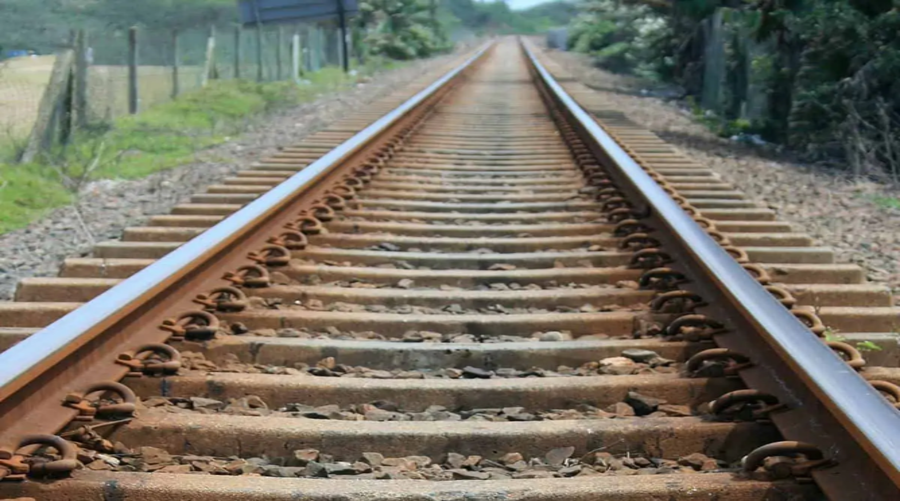| Project Name:
Consultancy services for, Feasibility study of Rehabilitation/Maintenance of Railway track and Feasibility study along with detail design for Rehabilitation/ Reconstruction of the Bridges in Western Zone of Bangladesh Railway. Initial Environmental Examination (IEE), Environmental Management Plan (EMP), Traffic Survey. |
| Country: Bangladesh |
| Project Duration: 03/2022 to 09/2023 |
| Description of Project:
a) Track rehabilitation/reconstruction Bangladesh Railway started its journey by construction of 53.11-kilometre Broad Gauge Railway track from Darsana to Jagati on 15th November 1862. Under the British regime a Metre Gauge Railway line constructed from Paksey (SharaGhat) to Chillhati by Northern Bengal State Railway in 1874-1879. Later, the Metre Gauge line from Paksey (SharaGhat) to Chillhati converted to Broad Gauge line in 1924-1926. In addition to that Sirajganj Railway Company constructed rail line from Paksey (SharaGhat) to Sirajganj in 1915-1916. By the time Santahar- FulchariGhat railway line was constructed in 1899-1900 and Kaunia- Bonarpara section opened in the year 1905. The railway connectivity between Eastern and Western zones established by constructing Dual Gauge Railway line from Jamtoil to Bangabandhu East Railway Stations passing through Bangabandhu bridge. Conversion of Broad-Gauge line to Dual Gauge line from Parbatipur to Jamtoil completed in the year 2003 and thereafter a new Dual Gauge line constructed from Bangabandhu East to Joydebpur Station. There exists 1690 km railway track in western zone of Bangladesh Railway, by which all passenger and freight trains run from northern and southern region to Dhaka on regular basis. Presently, 70 km of railway tracks are very old, wear and tear of rails being 12.15% which causes frequent broken of rails endangering safe running of trains. Beyond that, about 20-25% sleepers became unserviceable in different sections of west zone. Moreover 11.4 km black cotton soil exists on track embankment in the west zone; 5km length in Joydebpur- Santahar section, 0.40km in Madhukhali- Satoir section and 6km in Poradaha- Chuadanga section; wherein speed restriction for trains has been imposed since long. Soil treatment for the sections of 11.4 km of length of embankment is urgently required to withdrawn speed restriction and safe running of trains. Despite of that, there are ballast deficiencies found in all sections of entire West zone. These shortfall of Railway tracks necessitate changing of old rails and unserviceable sleepers, recoupment ballast, tamping of ballast, shallow screening, deep screening, soil treatment and other necessary related works. b) Bridge rehabilitation/reconstruction Bangladesh Railway started its journey by construction of 53.11-kilometre Broad Gauge Railway track from Darsana to Jagati in 15th November 1862. Important railway lines (Jagati GoalandaGhat, Shara- Chilhati, Damukdia-Poradaha, Parbatipur- Dinajpur, Parbatipur- Kaunia) in the Western zone were constructed between the year 1871 to 1879. Next of it Santahar FulchariGhat section constructed in the year 1899-1900 and Kaunia- Bonarpara section opened in the year 1905. SharaGhat- Sirajganj railway section was constructed in the year 1915-1916. The history indicates that the infrastructures of Bangladesh Railway aged about 150-160 years. The bridges of these sections were designed and constructed with bricks masonry. Piers and abutments of almost all major bridges were seen on well foundation made of brick masonry.
Other bridges are also designed and constructed with open foundation. Operations of trains are continuing even the economic life of all bridges left behind since long. In course of time, several bridges have been repaired or reconstructed according to needs of urgency with the same design, approach and methodology. Occasionally, there has been found cracks on brick masonry made bridges for which speed restriction has to be imposed in different locations. It caused decrease of punctuality of trains and faced numerous operational hazards. Moreover, the safety issue creates fair among the passengers.
Bangladesh Railway updated its Master Plan (2015-2045) emphasizing conversion of all meter gauge sections into dual gauge sections phase by phase ultimately to convert them to broad gauge sections. All broad gauge or dual gauge lines are being designed and constructed for 25-ton axle load and keeping speed 120 km/hr. In future all the meter gauge sections of West zone will be converted to broad gauge/ dual gauge with design load of 25-ton axle load and speed 120 km/hr. speed. It is essential to rehabilitate all the old-aged bridges and reconstructed with the same design standard adapting latest technology, approach, and methodology.
Ministry of Railways issued letters on 13th March 2016 and 3rd February 2020, directing to prepare DPPS for rehabilitation and reconstruction of all age-old bridges in the West zone. It will be time consuming to rehabilitate/ reconstruction of track/ bridges in small packages under revenue budget and it will be tough to maintain similarity and coherence between all the bridges. As such keeping the sections under the ongoing project set aside planning has been taken to rehabilitate and reconstruction of age-old bridges of all other sections. In addition to that, considering the sub-regional and regional importance, In future there will be the necessity to introduce higher axle load of 25 ton and 120 km/hr. operational speed on concrete sleepers, 100 km/hr. on steel sleepers has been proposed in the subject project.
Under the project 121 major bridges will be of girder bridges, 633 minor bridges of box culverts and 7 important (large) bridges, and a total of 761 bridges in the zone comprising the rail network with project sections of BR in west. |
| Description of Actual Services Provided by Staff of this Firm in the Assignment:
Services included: § Preparation of IEE report for Track Maintenance § Preparation of IEE report for Bridge rehabilitation § Preparation of Traffic Study report for both Track and Bridges. |

